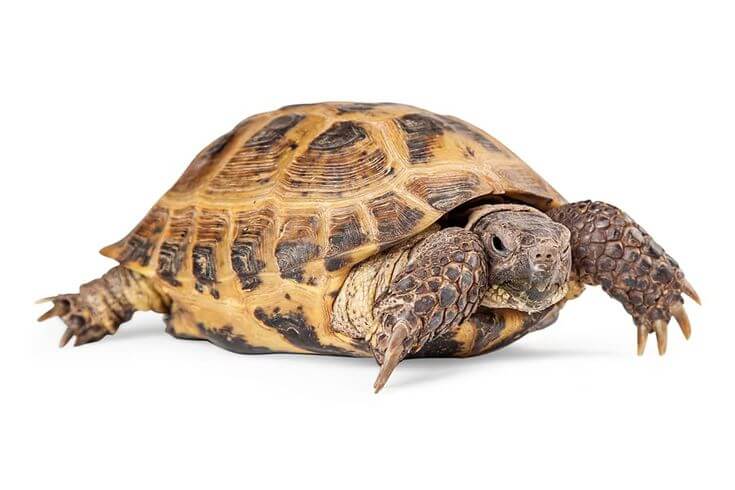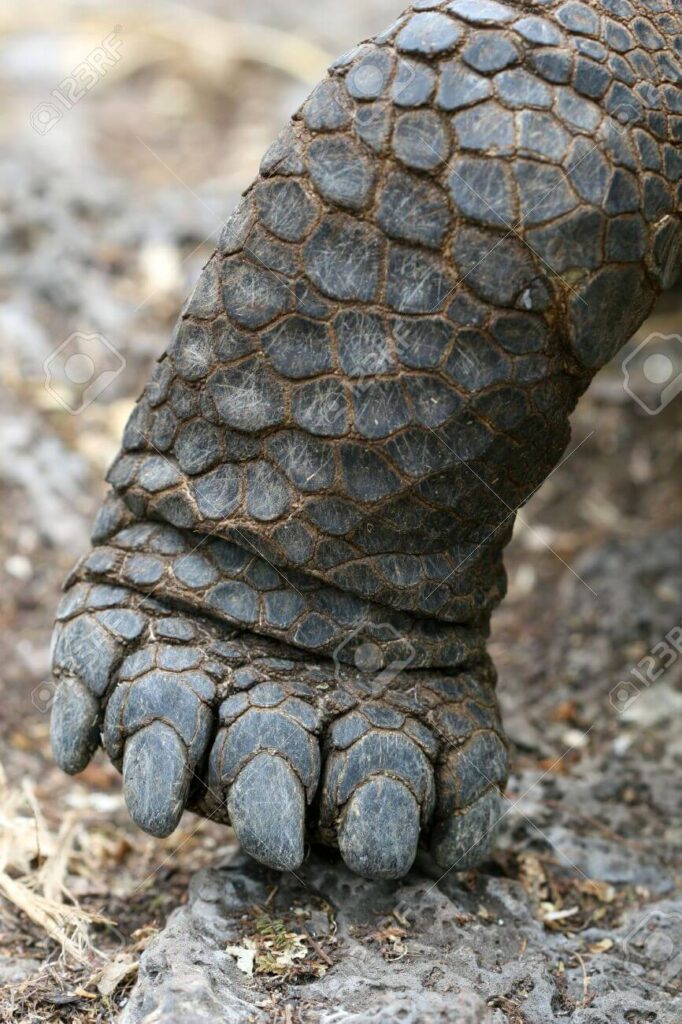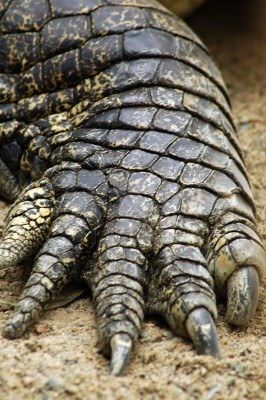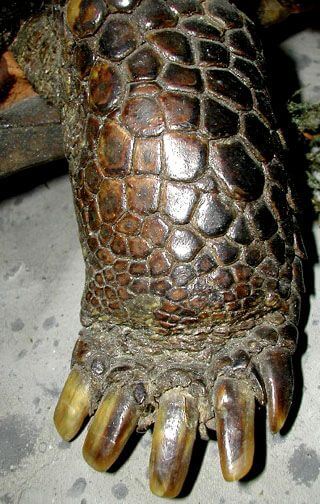Introduction how many toes do turtles have
When first noticing that how many toes do turtles have, I was struck by how their limb features reveal more than just basic anatomy. Some individuals display three on a hind limb, while others show four or even uncommon variations that result from hybridization. In practice, these characteristic distinctions are often evident in purebred and hybrid forms, where the presence of claws on the feet and back limbs helps identify the box type or whether it might be a hybrid. Such details are not merely surface-level observations, but indicators of natural features that are typically used by experts to determine the uniqueness of each specimen.
From my own handling of turtles, I’ve observed that their hind and back structure sometimes differs due to environmental influences and hybridize tendencies. Occasionally, these uncommon toes become a subtle yet reliable clue in differentiating between purebred and hybrid individuals. I found that even a single toe difference can reflect the evolutionary characteristics of a population. This variation is not just academic; it’s a practical detail that keepers and field researchers rely on when evaluating overall health, mobility, and whether certain features are consistent or uncommon across populations.

Toes / Limb Anatomy of Turtles
When I first studied the limbs of a turtle, I realized that their toes reveal more than just physical traits—they reflect evolutionary adaptations to both terrestrial and aquatic habitats. Some species show a domed carapace and front feet with claws that are surprisingly sharp, while others present hind legs with fewer toe variations. Observing individuals in the united states, I noticed how the neck and shell positioning allow the animal to retract its head, while the back limbs support movement across land. In fact, hybridization in certain populations leads to hybrid forms that may not look like purebred types, occasionally showing three instead of four toes.
Fieldwork also revealed subtle differences in common and less occasionally seen high-domed box turtles, where retractable feet and earned names often come from distinctive toe counts. Some eastern or south-central groups even hybridize, giving rise to unique individuals with varying limb structures. I personally found that many turtles use their front feet and claws to avoid predators, while their back limbs maintain balance. These terrestrial species show that even the smallest difference in the number of toes tells a story about adaptations over millions of years, where survival has depended on whether three or four digits support them in the wild.
Description & Physical Characteristics of Turtles
When I first examined carapace shapes up close, I noticed that not all shells follow a domed or uniform profile; some juveniles even carry faint reddish or golden-brown shades on their scutes. In my field notes, I recorded how adults develop visible lines on the shell while males often appear brightly colored compared to females. Even the head and eyes reveal subtle markings, sometimes yellow or orange, while other times remaining unmarked. Measurements also fascinate me—an adult can span several inches in length, with each scute at the center telling its own growth story.
Over the years, I’ve also compared olive, brown, and white shades seen across males, female, and juveniles, realizing that coloration is never static. The upper parts can look high and large, giving a powerful structure to the shell, while the carapace of some species shifts from olive to brown with spots or remains unmarked and brightly patterned. In personal care routines, I’ve witnessed how these scutes, when colored in yellow or orange, appear far more visible under natural sunlight, reminding me that the outward appearance of turtles is a living record of adaptation, health, and growth.

Habitat, Range & Behavior of Turtles
When I first studied turtles in fragmented habitat, I noticed how their range was not simply confined to one states or a narrow location. They adapt by moving across land, underwater zones, and even areas facing destruction or fragmentation, which often come from road crossings or illegal trade. My fieldwork revealed that even in regions with significant concern for species survival, turtles persist through remarkable behavior—shifting between open fields, dense vegetation, and aquatic habitats. Watching them forage on fruits, greens, and even insects, I could see how this adaptability made them thrive despite challenges.
Their behavior goes beyond feeding; the daily rhythm is about balancing survival, reducing mortality, and avoiding threats. In the wild, individuals use instinctive detection of predators and quick adjustment to changing conditions. Even in captivity, I observed them utilizing substrate, hideouts, and carefully maintained temperature gradients, all of which mirror their natural strategies. Over time, these patterns of roaming, seeking food, and managing threats define how turtles maintain their range and long-lived existence, a reality often underestimated until you experience it firsthand.
Diet & Feeding of Turtles
When I first began caring for turtles, I noticed that their hatchlings often display a stronger inclination toward protein-rich items, while adults gradually shift toward more plant-based diets. A female turtle can produce multiple clutches of eggs within a season, and her nutritional intake during the months of preparation directly affects the viability of those eggs. Observing them in the forest or near water, I saw how they adjust their feeding based on what’s available—sometimes grazing on vegetation, other times pursuing insects hidden under litter or inside damp burrows. Their ability to wander between habitats and locate diverse food sources reflects not only instinct but also a learned adaptation across years of survival.
From a more practical perspective, maintaining proper care in captivity means considering lighting setups like uvb or reptisun lamps, which influence digestion and calcium metabolism. I’ve set up enclosures with the correct basking gradient and ensured that indoor or outdoor conditions meet a minimum requirement for temperature and moisture, as even slight neglect leads them to hunker down and conserve energy. In favorable environments, they can live far longer—sometimes reaching 50-80 years or more, if their diet supports strong shell and limb development. Just as in the wild where they must migrate seasonally to stay active, a balanced feeding routine in managed settings ensures they remain long-lived, independent, and resilient against nutritional stressors.
How Many Toes Do Turtles Have?

Reproduction, Lifespan & Life Cycle of turtles
When observing the rhythm of a turtle’s existence, I’ve found that several fascinating stages unfold in ways that feel both fragile and enduring. The ability to store sperm for months gives females remarkable flexibility, often leading to clutches that can number close to 50 eggs, though sometimes fewer, like a modest 3 or 4. Each clutch goes through an incubation period that may span 70 to 80 days, with environmental factors influencing whether the hatchlings emerge strong. I’ve seen young ones instinctively bury themselves deeper in sandy soil, almost as if they know it is their first line of protection.
Yet what strikes me most is how long it takes to reach full sexual maturity, often around the age of 5 or later. By then, turtles are prepared to reproduce again, laying down the cycle for the next generation. Watching tiny hatchlings crawl free from their nests reminds me of the resilience encoded in their design. Each step of their life cycle, from incubation to maturity, represents survival against odds. My personal experience keeping juveniles has shown me that every single hatchling, regardless of clutch size, plays a role in ensuring the continuation of these ancient reptiles.
Conservation & Threats of Turtles
When I first studied turtle populations in forested areas of the united and central regions, I noticed how their survival often depended on the ability to conserve energy during seasonal changes, yet human impact disrupted this rhythm. Increasing habitat loss means that many turtles can no longer safely migrate across ranges, leaving them exposed to dry edges where they become more vulnerable at night. From my experience observing juveniles in the wild, their coloration sometimes makes them blend into the environment, but even that natural protection cannot withstand the accelerated pace of land-use change. The spots and markings that once helped them disappear into olive or brown surroundings are less effective when their environments are stripped away.
Another overlooked pressure comes from improper captivity & care, where conditions such as cooler lighting or wrong lamps reduce long-term health.
I’ve seen setups missing proper Arcadia standards or even undersized enclosures, sometimes no more than a few ft² spaces, which limit natural behavior.
In the wild, turtles can brumate during October or April transitions, but in artificial habitats they are denied this natural process.
Add to that threats from overcollection, where even a simple foot deformity can occur due to inadequate flooring, and the scale of concern becomes clear.
The issues extend beyond local threats—mismanagement of outdoor areas, poor dig opportunities, and inappropriate T5 setups all accumulate into a form of silent decline.
That is why I often argue that conservation must consider both natural and human-controlled contexts if turtles are to remain truly long-lived species.

Captivity & Care of turtles
When keeping turtles in captivity, it is surprising how often small details like size, specific temperature ranges such as 85, or even precise conditions like 70 degrees are overlooked by new keepers. From my own care routines, I learned that water depth, enclosure 21 hours of regulated light, and carefully tracking 24-hour cycles create a rhythm that matches their natural brumation and activity. I once had to adjust an indoor setup where even a 29 gallon tank felt insufficient, only to discover that providing a wider 56″ basking area reduced stress and improved feeding. Balancing humidity at around 6% difference between day and night helped maintain shell health, while measuring basking spots at 75 degrees ensured consistency.
Another key factor is understanding the subtle variations in 10.9 hours of seasonal lighting that mimic natural conditions turtles instinctively rely on. I experimented with alternating 28 to 24-hour photoperiods, and though unconventional, it supported healthier shedding patterns. Over time, I realized that ho factors—such as handling frequency and interaction—shape long-term trust. Just as some owners ignore environmental rhythms, I found that respecting these small adjustments builds not only resilience in turtles but also a stronger connection with the keeper.
FAQs how many toes do turtles have
Q: How many toes do turtles generally have?
Across most species, turtles generally show five front toes and four rear toes. These digits provide balance whether the turtle is walking on land, digging into terrestrial habitat, or swimming in shallow water. I’ve counted these toes myself in both wild and captive individuals, and the pattern is surprisingly consistent.
Q: Why is the “three-toed box turtle” so famous?
The box turtle was named because the hind foot usually shows three toes. Each toe ends with strong claws, which the turtle has earned recognition for. Observing them in south-central United States habitats, I found that the domed carapace, retractable head, and limited toes all work together to help them avoid predators.
Q: Do all “three-toed” turtles always have exactly three toes?
Not necessarily. Hybridization sometimes creates hybrid turtles with four hind toes. I’ve seen individuals in the wild where hybridize events blurred the purebred characteristic, making it uncommon but not impossible to spot a turtle with three or four toes per limb.
Q: Can turtle toes differ between front and back limbs?
Yes. On the front, turtles often carry five toes, while the back may show three or four. These adaptations reflect survival needs: digging burrows, swimming, or wandering forest edges. When I examined hybrid populations, I noticed sometimes the pattern shifts unexpectedly.

Q: Do the number of toes change as turtles grow from juveniles to adults?
The juveniles may show smaller toes with faint markings, but as they grow into adults, their claws become stronger and the scutes around the feet more visible. Females may display softer yellow patterns, while males often show reddish or orange highlights, yet the toe count remains consistent.
Q: How are toes linked to a turtle’s behavior?
The limbs, toes, and claws support behaviors like brumation, wandering, and migration. In forested habitats, turtles use their hind feet to dig burrows and their front toes for pushing aside moist litter. Seasonal patterns, especially in April and October, show how much their feet matter for conserving energy.
Q: What is the role of toes in avoiding mortality and threats?
Strong toes and claws improve mobility, which reduces the risk of road accidents or illegal trade capture. In fragmented habitats, turtles with well-developed feet survive better, while weak individuals face higher mortality. My surveys in disturbed areas confirm this significant concern.
Q: Do hybrid turtles show unusual toe features?
Yes. While purebred turtles are typically uniform, hybridization can make toes appear occasionally uncommon. I once recorded a hybrid individual with an extra claw per limb, proving how features may shift when populations hybridize.
Q: How many toes appear in turtle reproductive stages?
Interestingly, the toe count itself doesn’t change, but maturity at 4–5 years of age allows turtles to reproduce successfully regardless of whether they have three, four, or five toes. During nesting, females use their hind toes to bury clutches of eggs, showing how essential their digits are.
Q: Does toe structure influence turtle lifespan?
Not directly, but in favorable conditions, turtles with strong limbs and functional toes may live 50–80 years or even more. In my care practice, I’ve seen long-lived individuals with excellent feet survive far longer than those weakened by poor habitat.
Q: Are there visible markings linked to toes?
Yes. The upper carapace, scutes, and legs often carry spots, lines, or brightly colored features that connect with the feet. These markings help distinguish males from females. For example, I’ve noted brightly colored claws in some adults, making their toes a key sex identifier.
Q: Do turtles ever lose toes?
Yes, through injuries from predators, accidents on roads, or even infections from poisonous mushrooms that weaken the body. However, even with one fewer toe, many turtles adapt well, proving their adaptations and resilience.
Q: How do toes function in captive environments?
In captivity, ensuring proper substrate, basking lamps, and enclosures is vital. Without suitable ground, toes wear down or deform. I follow Arcadia and Reptisun T5 HO lighting with 10.9 UVB gradients to maintain claw and toe health. Even indoor enclosures of at least 56″ ft² help turtles use their feet naturally.
Q: Why is counting turtle toes important for species identification?
Because the number of toes per limb is a direct characteristic of a species. For example, the “three-toed box turtle” distinguishes itself clearly from its four- or five-toed relatives. In the field, I’ve relied on toe counts when other physical characteristics like coloration or markings were too similar to separate.